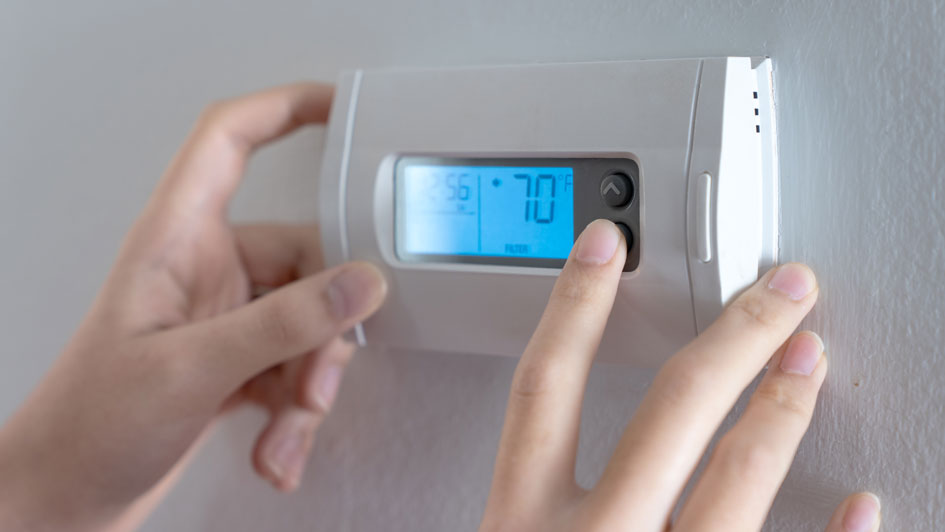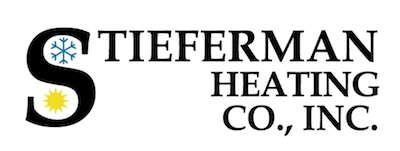
Everyone’s always looking to save money on their utility bills, but it turns out there’s a way to keep costs down, even when you're out of the house.
The secret is your thermostat. By learning more about its special features and settings, you can tailor the temperature to your needs. That means you can have different temperature settings for when you’re at home, away or even when you’re sleeping.
By trying a few of these schedules, you have more time to enjoy pleasant temperatures while cutting down your energy bills. Here are some ways your thermostat can save you money in the summer:
While at Home
Whenever you're at home, you want to enjoy a comfortable temperature. It's only natural to want your thermostat lower in the summer while inside to make the most of the cool air.
But the ideal temperature for when you're in your home during the summer is in fact anywhere between 78 and 80 degrees Fahrenheit. By adjusting things a few degrees, you can stay cool while still keeping your energy bills low.
While Out of the House
When it comes to setting the temperature for whenever you're gone, it's extremely common to move the thermostat higher than you would if you were in the house.
If your home is in a shady spot in a cooler climate, you can set the thermostat to temperatures as high as 88 degrees while no one is home and then lower it back to the sweet spot of 78-80 degrees once you're home again. This way, your air conditioning system isn't working around the clock to provide cooling for a bunch of empty rooms.
While Sleeping
For a full night's rest during summer weather, you want a nice cool temperature. A good rule of thumb is between 68-72 degrees Fahrenheit. There's less risk of getting too hot or too cold when you are trying to get some rest.
Other Strategies for Lowering Energy Use:
- Smart thermostat installation: Trying a smart thermostat in the summer can lower energy costs since it can plan your temperature adjustments according to your lifestyle and home environment. A smart thermostat manages the temperature if you are home or sleeping, while allowing it to get warmer when no one is around. With reliable brands like the Lennox iComfort, you have the ability to remotely access and change the temperature through your smartphone, tablet or laptop. Requesting smart thermostat installation in your Jefferson City home can be the simplest strategy for maintaining comfortable, yet energy-efficient temperatures even when you aren’t home.
- Replace current equipment with a newer HVAC system: A new HVAC system is another great option for long-term energy savings. If a system boasts high energy efficiency, lower utility bills won't be far behind since it requires less energy to heat and cool your home. Air conditioning installation in Jefferson City is only a phone call away, so don't hesitate to reach out to local pros like Stieferman Heating Company Inc who can set you up for success.
- Stay on top of routine AC maintenance: Hiring a skilled professional to perform regular air conditioning maintenance in Jefferson City can have a big impact on your monthly energy use. By regularly cleaning the coils, checking for damage and keeping vents clear of dust and debris, you may notice your HVAC system run more efficiently. Higher energy efficiency will also reduce strain on key parts and lowers operational costs, resulting in lower energy usage and subsequently, smaller bills.
- Clean or replace the air filter on a regular basis: Regularly changing the air filters in your HVAC system saves money by keeping airflow as smooth and consistent as possible. When filters become clogged, an AC unit has to work harder, and the added strain may impact the system’s life span and cause breakdowns.
- Check if you have enough insulation in the attic: Insulation is one of the key components in any energy-efficient home, securing the hot air outside and the cool air inside through summer. The North American Insulation Manufacturers Association (NAIMA) recommends that homes in the southern United States should have at least 13-14 inches of insulation, while colder climates do better with 16-18 inches.
- Review your ventilation: A leak in the air ducts could increase your energy bills much more than 20 percent, plus it can affect equipment such as your water heater, clothes dryer and other appliances throughout your home. Checking your ductwork for leaks and sealing them can help with both these issues.
- Seal all other leaky spots in your home: Sealing up other leaks in your home with caulk, foam sealant or weather-stripping can help keep it cooler on hot summer days. It’s also important to check for any gaps around windows, doors and even outdoor fixtures. Taking the time to seal up any leaks now can help you save a lot in the long term.
